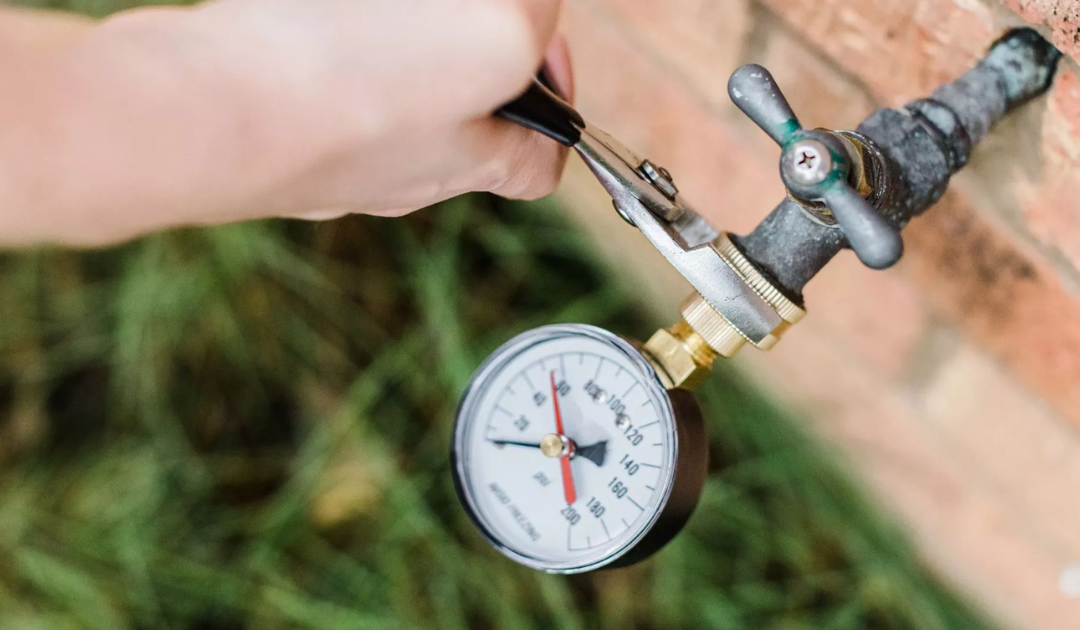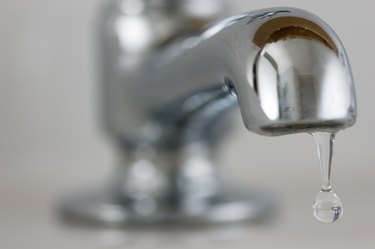Swift Solutions for Addressing Low Water Pressure in Your Home
Swift Solutions for Addressing Low Water Pressure in Your Home
Blog Article
What're your opinions on Low Water Pressure in the House??

Low water pressure in your home can be an irritating problem, impacting whatever from bathing to cleaning dishes. If you're experiencing weak water circulation, there are several possible reasons and solutions to discover. In this guide, we'll review common reasons for low water stress and useful actions to attend to the issue efficiently.
Intro to Low Tide Stress
Low water pressure takes place when the flow of water from your taps, showers, and various other components is weak than usual. This can make everyday jobs extra tough and less effective. Comprehending the reasons for low water stress is critical to locating the appropriate remedy.
Typical Sources Of Low Tide Pressure
Faulty Stress Regulators
Stress regulators are responsible for maintaining regular water stress in your house. If they malfunction, it can lead to low water stress or uneven flow throughout the house.
Local Water Supply Issues
Often, the trouble exists outside your home. Local water system issues, such as main line leaks or maintenance job, can briefly reduce water pressure in your location.
Pipeline Obstructions
With time, pipelines can end up being blocked with natural resource, debris, or particles, limiting the flow of water. This is a typical problem in older homes with galvanized steel pipelines.
Corrosion
Deterioration within pipelines can bring about leaks and lowered water pressure. Corrosion accumulation can constrict water flow, especially in aging plumbing systems.
Just How to Diagnose Low Water Pressure
Inspecting Pipelines
Evaluate visible pipes for signs of leakages, deterioration, or clogs. Take note of any type of unusual noises, such as banging or rattling pipes, which can show concerns within the plumbing system.
Consulting with a Plumber
If you're unable to pinpoint the source of low tide pressure, take into consideration employing a professional plumber to conduct a detailed inspection. They can determine underlying problems and advise ideal solutions.
Examining Taps and Components
Beginning by evaluating the water stress at different taps and fixtures throughout your home. If the concern is isolated to particular locations, it may show localized issues.
DIY Solutions to Take Care Of Low Tide Pressure
Flushing Water Heater
Debris build-up in the water heater can limit flow and decrease efficiency. Flushing the container periodically helps get rid of sediment and preserve optimum efficiency.
Inspecting Pressure Regulator
Guarantee that the pressure regulatory authority is operating correctly. Readjusting or changing the regulatory authority can help bring back correct water stress throughout your home.
Cleaning Up Aerators and Showerheads
Natural resources can accumulate in aerators and showerheads, minimizing water circulation. Get rid of and cleanse these elements consistently to boost water pressure.
Clearing Clogs in Pipeline
For minor clogs, attempt utilizing a plumbing snake or chemical drain cleaner to clear obstructions in pipes. Beware when making use of chemicals and follow safety and security guidelines.
When to Call a Specialist Plumber
If do it yourself efforts fall short to settle the concern or if you presume considerable plumbing problems, it's finest to seek help from a certified plumber. They have the proficiency and tools to deal with complicated issues securely and efficiently.
Preventive Measures to Preserve Water Stress
Setting Up a Pressure Booster
Take into consideration mounting a pressure booster pump to enhance water pressure in areas with constantly reduced flow. This can be especially advantageous for multi-story homes or homes with high-demand components.
Monitoring Water Use
Be mindful of water use habits and avoid ill-using the plumbing system. Straightforward changes, such as incredible showers and washing tons, can assist keep adequate water stress.
Normal Maintenance
Arrange routine upkeep for your plumbing system to avoid concerns such as deterioration, leakages, and clogs. Dealing with small problems early can help stay clear of even more substantial repair work in the future.
Conclusion
Dealing with low water stress can be frustrating, however identifying the underlying causes and applying suitable solutions can recover ideal circulation throughout your home. Whether it's cleaning aerators, examining pipelines, or consulting with a plumber, taking aggressive steps can make certain a stable supply of water for your daily demands.
FOUR WAYS TO FIX LOW WATER PRESSURE NOW
Turning on a shower or faucet only to find the water comes out in a sad, slow drizzle is never a good feeling. How exactly are you supposed to wash a pan or take a quick shower when it takes 10 minutes just to rinse off a little soap? The good news is that when your water pressure is bad, there's always a cause: typically one that can be easily fixed. Here are some of the most common causes of low pressure and what you can do to fix the issue:
DEBRIS AND MINERAL DEPOSIT BUILDUPS
If you notice low water pressure from just one or two of the fixtures in your house, the problem likely has to do with debris buildup. Water is full of minerals and other debris, all of which can accumulate in your pipes and on your fixtures. This can cause a blockage that affects how much water flows through. To fix this, try filling a small plastic bag with white vinegar, and use a rubber band to hang it around your showerhead or faucet. Let the head of the fixture soak for a few hours, and the vinegar should loosen the deposits.
WATER LEAKS
Leaks are another common cause of low water pressure. If water is flowing out of your plumbing through a hole or crack before it can reach your fixture, the pressure coming out of the faucet or showerhead will be lower. A plumbing professional is your best bet for finding and repairing a leak in your water supply pipes.
Leaks are another common cause of low water pressure. If water is flowing out of your plumbing through a hole or crack before it can reach your fixture, the pressure coming out of the faucet or showerhead will be lower. A plumbing professional is your best bet for finding and repairing a leak in your water supply pipes.
A VALVE ISSUE
If you have low water pressure throughout your home, check your main shut-off valve to make sure it's completely open. You may also want to see if there's a pressure-reducing valve installed. If there is, have a plumber help you adjust the settings to get the pressure you're looking for.
OTHERS USING WATER
Believe it or not, your low water pressure could be caused by your neighbors. If you notice low pressure at certain times of day, it may be because you and the people living next to you have similar schedules - when everyone is showering at the same time, the pressure will be lower in every home. Low pressure throughout the neighborhood may also be caused by an issue with your municipal water supply. If that's the case, call the supplier to see if they're working on the issue.
https://www.rotorooter.com/blog/water-leaking/low-water-pressure-fixes/

I'm very interested by 10 Reasons for Low Water Pressure in Your House and I really hope you appreciated the entire blog posting. Sharing is good. You just don't know, you could be helping someone out. I praise you for your time. Come back soon.
View Report this page